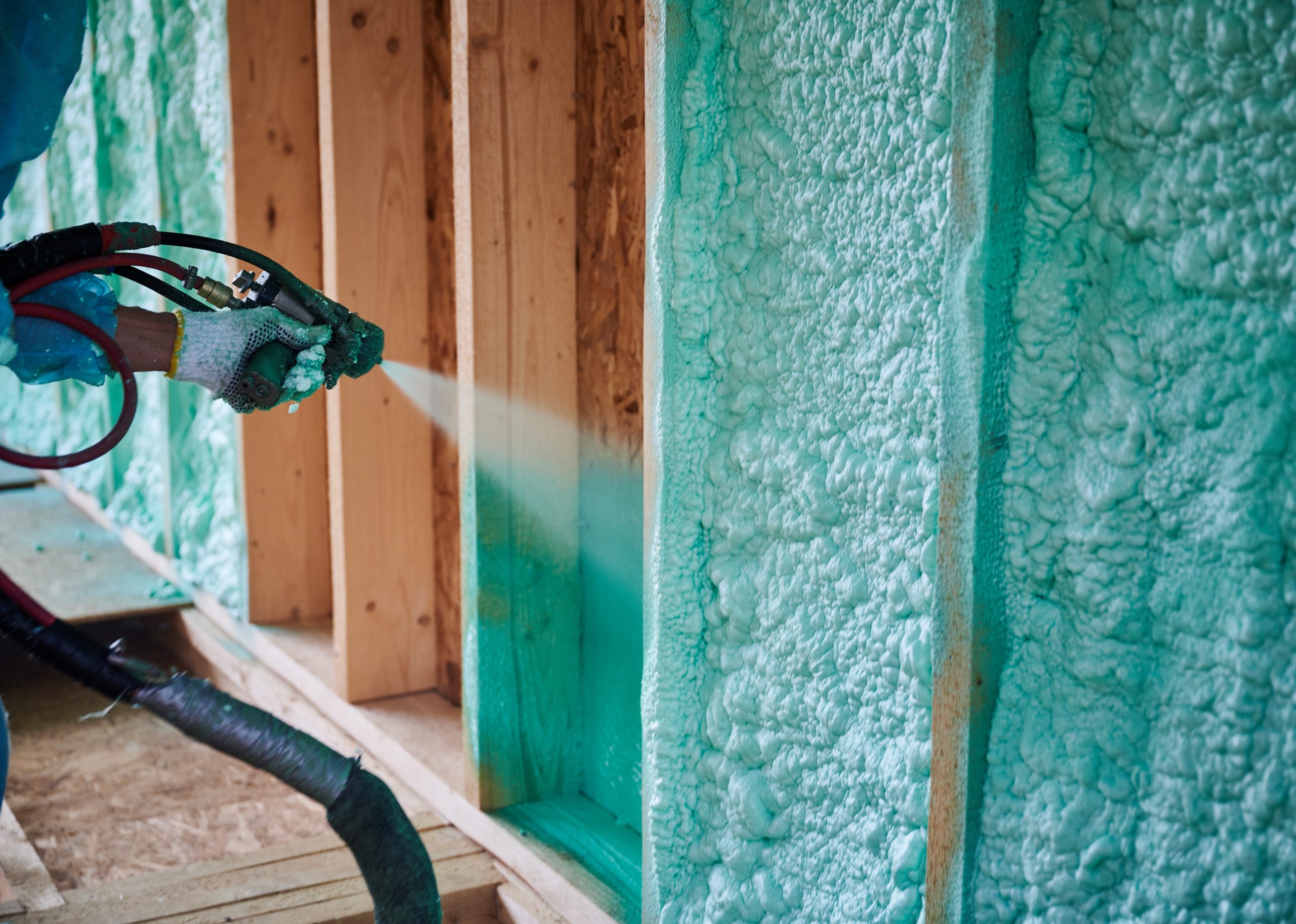Energy efficiency is top of mind for the contemporary home buyer, and one of the best ways to keep a home energy efficient is by ensuring it has a tight building envelope. It’s what separates the coziness of your home from the harsh and ever-changing Canadian outdoors—your building’s envelope is a critical factor in the home’s overall performance.
When the building envelope is tight, it goes beyond standard construction practices to prioritize precision, continuity, and protection. Let’s take a closer look at why it matters.
What is a Tight Building Envelope?
A tight building envelope would be a well-sealed barrier that surrounds the home. It’s made up of several interconnected components that, when designed and installed correctly, dramatically reduce energy loss and improve indoor conditions.
Those key components include:
- Walls: Insulated with rigid foam or spray foam to seal gaps, and high-quality cladding to reduce air leaks.
- Roof: Careful sealing around chimneys and vents, plus proper insulation, particularly in the attic.
- Foundation: By sealing and insulating the walls of a foundation, you prevent both heat loss and moisture accumulation.
- Windows/Doors: Low-E coatings, weatherstripping, and quality installation all contribute to energy efficiency throughout the home.
Other key components include insulation, air sealing and vapor barriers. When all of these things work together, they form a tight building envelope that is cohesive and effective, regardless of what the outside is doing at any given time.
How a Tight Building Envelope Improves Energy Efficiency
For a home to be high-performing, energy efficiency has to sit at the core of its capabilities. A tight building envelope makes that possible by…
Minimizing Air Leakage
Infiltration (air entering) and exfiltration (air leaving), when left uncontrolled, can severely stress both heating and cooling systems in the home. Sealing those leaks with a tight envelope reduces this waste to help maintain a stable indoor temperature.
Reducing Energy Consumption
Less energy escaping means your home’s HVAC system can operate less frequently and with more efficiency. Constant fluctuations can be hard on the system, but more stability can increase its lifespan while keeping you more comfortable at the same time.
Enhancing Thermal Performance
Tired of having those “drafty” areas in your home? A tight building envelope works in concert with the right type and quality of insulation to provide a more predictable indoor temperature. When the home does need to produce heat, it goes farther than it would’ve otherwise.
Benefits Beyond Energy Savings
Sure, having your home sealed saves energy, but are there any other benefits? The answer is yes! And they’re not arbitrary by any means, they significantly add to the quality of your life.
Improved Indoor Air Quality
Pollutants, allergens, water…keep it outside! Combined with a good ventilation system, living with a tight building envelope will have you breathing better than you ever have before.
Enhanced Comfort
Like we mentioned earlier, you’ll be able to say goodbye to drafts, cold spots, and unexpected bursts of discomfort. Consistent temperatures, reserved for you, all-year long.
Moisture Control
A tight building envelope helps to prevent condensation buildup, which means less chance of mold, mildew, or structural damage down the line.
Noise Reduction
Finally, and perhaps one of the more luxurious benefits, is that of a quieter home. Sealed openings and insulated walls provide a buffer against all the noises outside, leaving you with only peace and quiet to relax in.
Key Strategies for Achieving a Tight Building Envelope
Let’s briefly touch on the high-level strategies that make a tight building envelope possible from a builder’s perspective:
- Air sealing techniques, such as exterior air barrier (sealed building wrap), caulking, spray foam and gaskets to seal all types of gaps, cracks, and joints throughout the home.
- High performance windows and doors that are properly installed, energy efficient, and finished with appropriate weatherstripping and glazing.
- Continuous insulation to create an uninterrupted thermal barrier around the home, preventing heat escape through thermal bridges.
- Proper ventilation through systems like heat recovery ventilators and energy recovery ventilators to give the home a healthy exchange of indoor and outdoor air.
For an in-depth look at these methods and how Avalon Homes applies them, check out this article: Best Practices for Energy-Efficient Building Envelopes
A tight building envelope is more than a construction trend—it’s a foundational element of modern, energy-efficient home design. Prioritizing it is one of the smartest, most impactful decisions a prospective homeowner can make.
Looking for a home builder that puts these principles into practice? Avalon Homes has an incredible inventory for you to choose from. Browse our current, new, and upcoming projects.


